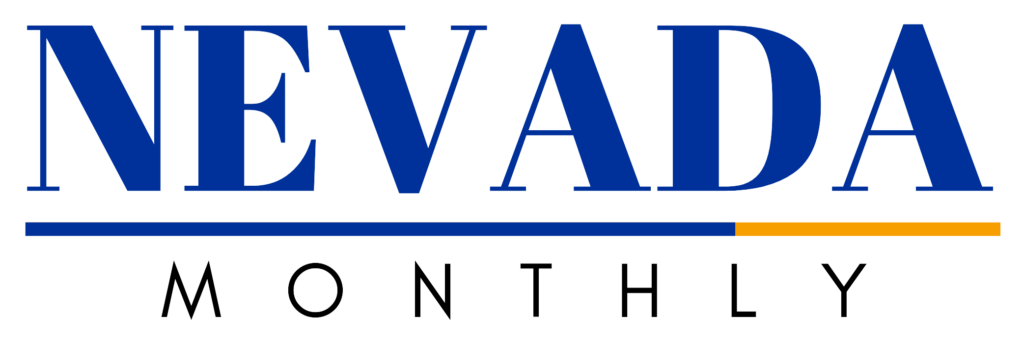Public pools are valuable community assets that provide recreational opportunities, promote physical health, and enhance social interaction. However, running a public pool involves significant economic considerations. This article explores the economic side of running a public pool, including the costs, revenue sources, and financial strategies that ensure sustainability.
Costs of Running a Public Pool
The initial construction of a public pool involves substantial investment. Costs include land acquisition, pool construction, facility buildings, and amenities such as restrooms, changing rooms, and concession areas. Additionally, there are expenses for landscaping, parking areas, and safety features like fencing and lifeguard stations.
Operating a public pool incurs ongoing expenses, including:
- Maintenance and Repairs: Regular maintenance is essential to keep the pool clean and safe. This includes water treatment, cleaning, and routine repairs. Over time, more significant repairs and renovations may be needed.
- Utilities: Pools require considerable amounts of water and energy for heating, lighting, and filtration systems. Utility costs can be a significant part of the operating budget.
- Staffing: Hiring qualified staff is crucial for safe and efficient pool operation. This includes lifeguards, maintenance personnel, and administrative staff. Training and salaries are recurring expenses.
- Insurance: Public pools must carry liability insurance to protect against accidents and injuries. Insurance premiums can vary based on the size and usage of the facility.
- Supplies: Necessary supplies include chemicals for water treatment, cleaning supplies, safety equipment, and office supplies.
Revenue Sources for Public Pools
Charging admission fees is a primary revenue source for public pools. These fees can be structured as daily passes, season passes, or membership fees. Pricing should be affordable to encourage community use while covering operational costs. Offering discounts for families, seniors, and group bookings can attract more visitors.
Offering swim lessons and other aquatic programs can generate additional revenue. Programs can include swim classes for different age groups, water aerobics, lifeguard training, and special events such as swim meets or pool parties. These programs not only provide income but also promote community engagement and skill development.
Operating concession stands and renting out poolside amenities can provide supplementary income. Concessions can include snacks, beverages, and swimming accessories. Renting out areas for private parties, such as birthday celebrations or corporate events, can also be a lucrative revenue stream.
Sponsorships and partnerships with local businesses and organizations can provide financial support. Businesses may sponsor events, advertise within the facility, or donate supplies in exchange for promotional opportunities. Partnerships with schools, sports clubs, and community groups can also enhance usage and financial stability.
Financial Strategies for Sustainability
Effective budgeting is crucial for the financial sustainability of a public pool. This involves accurately forecasting expenses and revenues, monitoring financial performance, and adjusting plans as needed. Keeping detailed financial records helps in identifying trends and areas for cost-saving.
Implementing cost management strategies can help reduce expenses. Energy-efficient equipment and practices can lower utility costs. Regular maintenance can prevent costly repairs. Optimizing staff schedules and cross-training employees can improve operational efficiency and reduce labor costs.
Engaging the community can boost usage and support for the pool. Marketing efforts should highlight the benefits of the pool, upcoming events, and special programs. Social media, local advertisements, and partnerships with community organizations can increase visibility and attract more visitors.
Applying for grants can provide additional funding for public pools. Various government and private grants are available for community recreation projects, health initiatives, and facility improvements. Writing compelling grant proposals and demonstrating the pool’s community impact can increase the chances of securing funds.
Challenges and Considerations
Public pools often experience seasonal variations in usage and revenue. Summer months typically see high attendance, while colder months may see a decline. Implementing strategies to attract visitors year-round, such as indoor facilities or heated pools, can help mitigate these fluctuations.
Public pools must comply with local, state, and federal regulations regarding safety, health standards, and accessibility. Staying updated with regulations and ensuring compliance is essential to avoid fines and legal issues. Regular inspections and staff training help maintain standards.
Public pools provide significant economic benefits to the community. They create jobs, attract visitors, and enhance property values. Moreover, they offer health benefits by promoting physical activity and providing a venue for social interaction. Highlighting these benefits can garner community and political support for the pool.
Running a public pool involves substantial economic considerations, from initial construction and ongoing operating costs to various revenue sources and financial strategies. Effective management, community engagement, and strategic planning are crucial for ensuring the financial sustainability of public pools. By understanding the economic side of running a public pool, communities can better support these vital recreational resources, ensuring they continue to benefit residents for years to come.








